How To Get French Style In 2023
How to get French style in 2023: tastemakers reveal the rules.
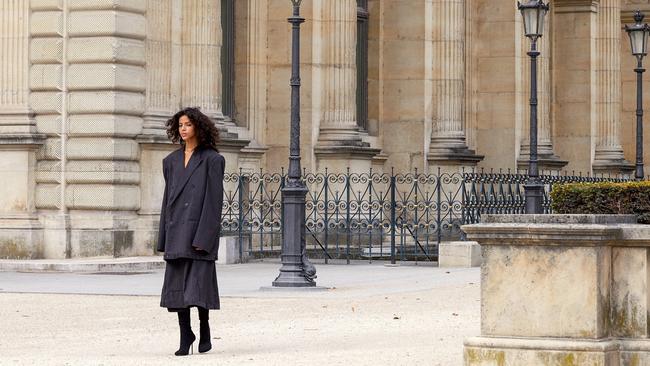
If ever there was one woman who truly embodied the much mythologised “French girl style”, it was Jane Birkin. The actor, model, inspiration for Hermès’s most famous handbag and ultimate muse passed away in July aged 76. Her death prompted an avalanche of tributes and a questioning of why Birkin, who was born in Britain and famously spoke French with a British accent, so perfectly captured what comes to mind when we think about the specifics of French style.
Beyond the basket bags and the see-through crochet, that famously erotic song with her partner Serge Gainsbourg, Birkin was a curious mix of wide-eyed ingénue and sophisticate. Mostly she was wholly original. “French girl style”, then, might be more difficult to pin down than merely a perfectly mussed fringe and skinny leather trousers. However, the idea that fashion in France is taken seriously is easier to parse.

As Jean-Baptiste Colbert, Louis XIV’s minister of finance famously quipped in 1665, “Fashion is to France what the gold mines of Peru are to Spain”.
Today Bernard Arnault, chairman and chief executive of LVMH, owner of some of the world’s most recognisable luxury fashion brands is the world’s second-richest man.
The importance of fashion can be found in the preservation of craftsmanship and savoir faire within the couture ateliers and the way fashion is discussed as a form of cultural and patriotic expression. One perfect example? LVMH announcing in July it would be a “premium partner” for the Paris Olympics and Paralympics in 2024. Some of its biggest houses including Louis Vuitton and Dior will produce uniforms while the storied French jeweller Chaumet, which has ties to Emperor Napoleon and Empress Joséphine, will craft the medals. Meanwhile, Louis Vuitton has designed the case that houses the Webb Ellis Cup for the Rugby World Cup being held in France this month and next. Other instances of fashion and luxury entwining with culture include the Bourse de Commerce – Pinault collection, Fondation Louis Vuitton and Fondation Cartier.

Katie Somerville, senior curator, fashion and textiles at the National Gallery of Victoria says fashion is part of French history and culture in an almost intrinsic way. Though, it must be added, in a commercial way, too, representing 3.1 per cent of France’s GDP, which is more than the automobile and aeronautical industries combined. Revenue in the French fashion market is projected to reach $US23.18 billion in 2023.
“For more than three centuries now, that connection between fashion and France is just kind of core. Whether it’s the [infrastructure] itself that supports the fashion industry, whether it’s the wearing of, consuming of, reporting of [fashion]. The commerce, the culture, and I guess almost the marketing and consuming – they’re the spaces within French fashion that have held the centre for such a long time. And I think it’s why for us, regardless of whether we’re connected culturally to France or not, it’s just something that’s sort of so widely understood,” she says.
Somerville says there are several key moments that entwine France with fashion. This includes such things as how dress was considered a way to influence, starting with the courts of Versailles in the 17th century. Marie Antoinette’s personal fashion designer, dresser and confidante, Rose Bertin, was dubbed, not entirely kindly, the “minister of fashion”. Emperor Napoleon – noted aesthete – famously banned the importation of selected English textiles. Meanwhile, in the mid 19th century, Englishman Charles Frederick Worth, who had based himself in Paris from 1845, started what eventually would be known as haute couture in 1858. Its preservation was fiercely fought for by couturier Lucien Lelong, then president of trade organisation Chambre Syndicale de la Couture Parisienne, during World War II when the Nazis wanted to move the entire haute couture industry to Germany.

In the postwar period, Christian Dior’s extravagant New Look and the Théâtre de la Mode (theatre of fashion) touring show, which saw leading couturiers of the time including Cristobal Balenciaga, Jean Patou and Pierre Balmain, design doll-sized collections that travelled around the world, were a unifying and galvanising symbol of happier and more prosperous times to come.
“Even in the most desperate times, I think there’s this resilience of the industry that demonstrates how important it is culturally and politically and commercially,” says Somerville. “There is a sense of just how almost structurally embedded this idea is of something that you build up to be aspirational and then protecting it.”
Bruno Pavlovsky, president of fashion at Chanel and also at the Fédération de la Haute Couture et de la Mode, tells WISH (from page 80) that the development of the multidisciplinary space le19M – home to many of Chanel’s specialised craft ateliers – was about preserving the savoir faire of French fashion.
“What is very special to Paris is haute couture, and the strength of Paris and haute couture is to have this amazing network of craft available for all the brands. You don’t have anything like that anywhere in the world,” Pavlosky tells WISH executive editor Katrina Israel.
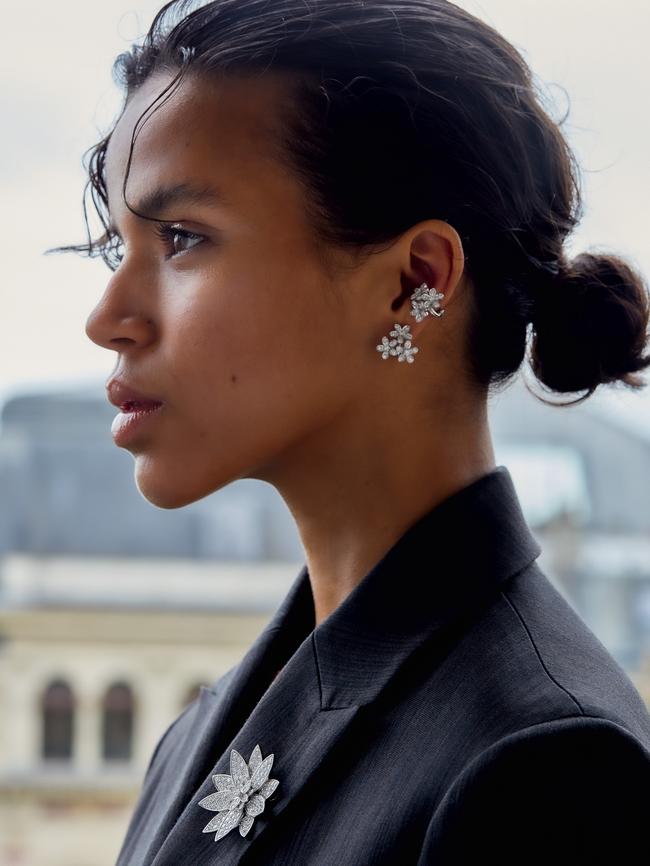
As Pavlovsky notes too, showing a collection in Paris has long been the goal for many fashion designers. Throughout history this has included Yohji Yamamoto, who first showed in Paris in 1981, Australian powerhouse label Zimmermann in 2022, and American designer Emily Adams Bode Aujla, who made her Paris (and womenswear) debut on the men’s show schedule in January.
There’s the cachet afforded an outsider designer taking up the creative direction at French fashion houses, from Briton John Galliano at Christian Dior in the late ’90s through until 2011, to American Daniel Roseberry currently installed at Schiaparelli. Meanwhile, a groundswell of independent French labels such as Simon Porte Jacquemus’s blockbuster brand Jacquemus – its most recent show was held at Versailles – and Gaelle Drevet’s The Frankie Shop continue to reshape what “French style” means. After-all, French style is not just one mode, it can be found just as well in Anthony Vaccarello’s exaggerated shoulders for Saint Laurent as Virginie Viard’s soufflé-light and sugary tweed skirt suits at Chanel.
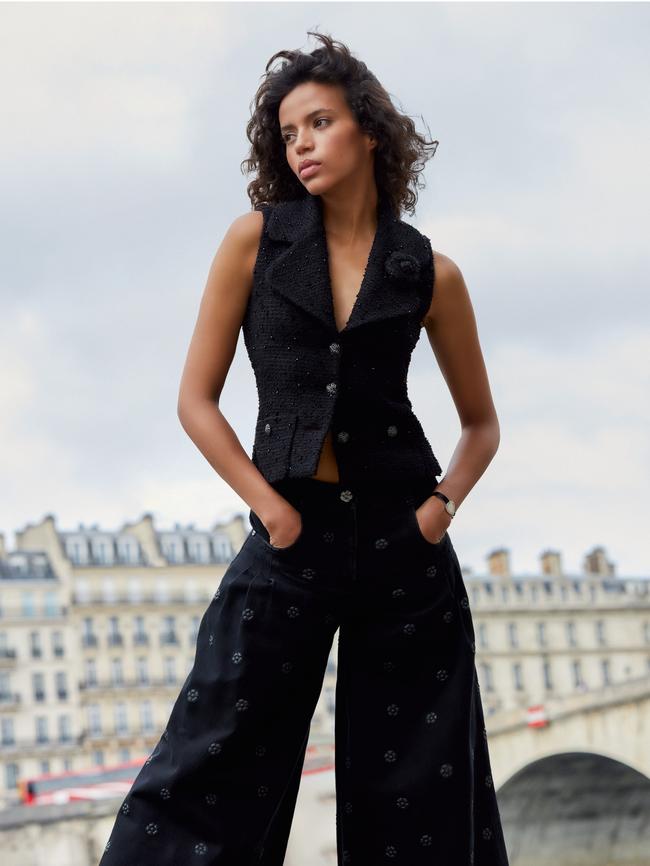
“I think more than ever Paris is attracting a lot of new talent. And when I talk with new designers, their objective is to be able to organise a show in Paris. A presentation in Paris, wherever you are coming from, Paris, more than any other cities, is a sign of your success,” Pavlovsky says.
Guillaume Henry, creative director of the LVMH-owned Patou since its relaunch in 2018, says he feels lucky to work with a maison so connected to French history. The fashion house was founded by its dashing namesake in 1914 and in the 1930s was Gabrielle Chanel’s closest rival in creating new kinds of clothes for women on the go.
“It’s amazing to be a part of a brand that dressed women such as [champion French tennis player] Suzanne Lenglen and [dancer] Joséphine Baker, who influenced not just fashion but society as a whole,” says Henry. “I’ve always held a deep appreciation for French heritage, being French myself, but what interests me is how to connect the brand’s heritage or my own personal references to today’s world.”

French style, according to Henry, is “timeless with a touch of wittiness”. What the designer sets out to create at Patou, which combines a certain whimsy with practicality is “a Parisian wardrobe that’s functional, well-crafted, playful, and sophisticated”.
After all, perhaps nobody knows better than the French that what you wear can transmit ideas of culture, identity and yes, style. Not only, as Somerville points out, in the idea of the “muse” – “a very French concept that comes out of a combination of art history and fashion history” – but also in how public figures are considered.
This can work both ways. The much-discussed style of politician and former Nicolas Sarkozy government minister Rachida Dati, known for her love of heels and designer labels, was sometimes criticised in France for being excessive. And people remain divided on (unofficial) First Lady Brigitte Macron’s penchant for mini-skirts and Louis Vuitton.
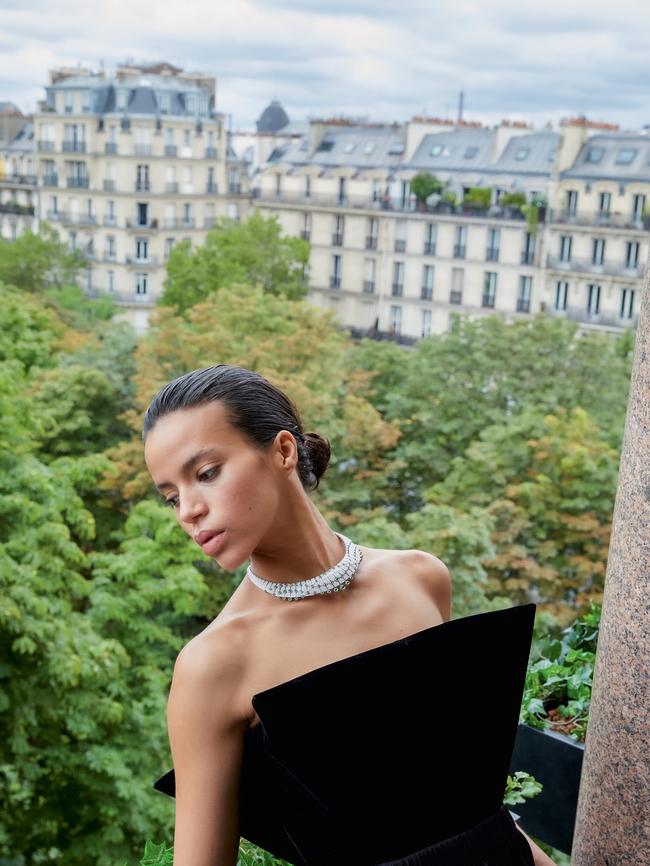
Somerville says history can also somewhat explain why some high-profile people’s clothes can cause ire, and why ideas of understated and classic elegance in French style – Jane Birkin and her basket bags, Coco Chanel and her Breton stripes – persist.
“I recently was on a panel discussing the impact of the French Revolution on fashion and one of the things there is that it was absolutely a no-no to be seen, to be kind of showing your wealth, wearing your wealth on your sleeve. And it’s still a little bit embedded in that French psyche I think,” she says, with French President Emmanuelle Macron’s decision to shun wearing a watch lest he look too flashy an example.
It’s a philosophy shared by former Vogue Paris (now France) editor and founder
of fashion magazine CR Book, Carine Roitfeld, who sums up French style as “a harmonious blend of elegance, minimalism, and sophistication”.
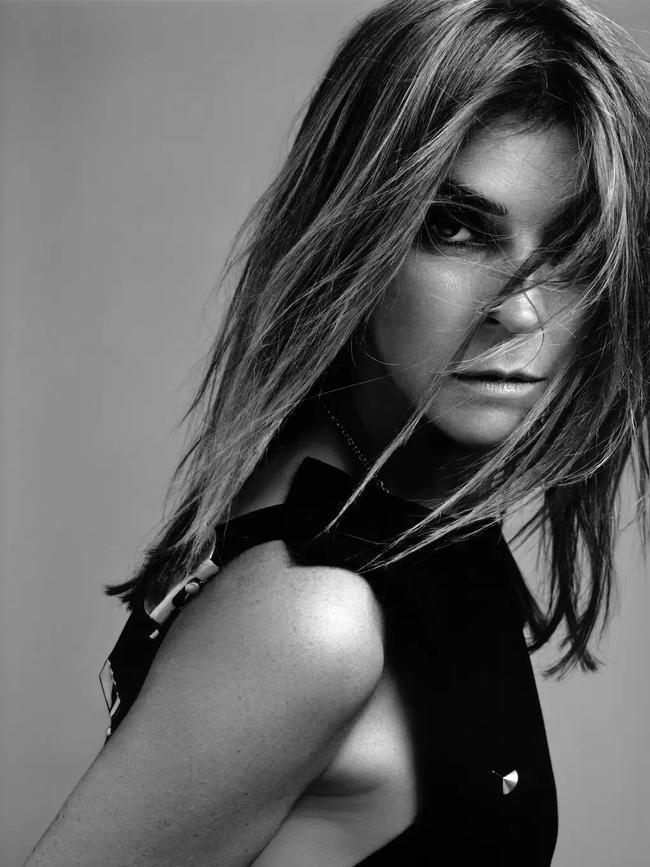
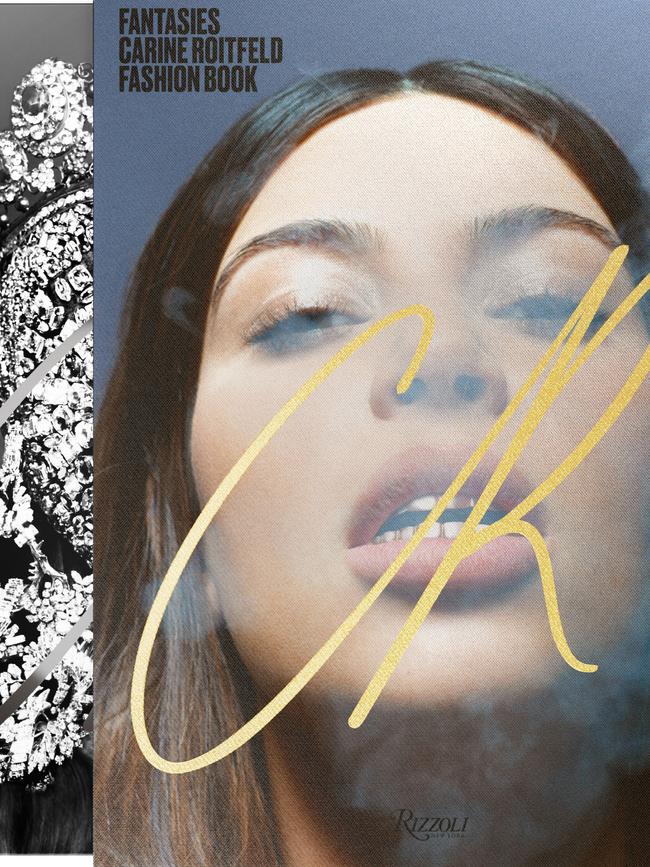
For Roitfeld, who releases a new book of her signature risque and subversive work, Fantasies: Carine Roitfeld Fashion Book, later this month, understanding French fashion is understanding its connection to history, and also its place in modern life.
“French style has evolved while holding onto its roots. Today, it represents a mélange of tradition and modernity, continually adapting to global trends while preserving its quintessential je ne sais quoi,” she says. “It remains committed to simplicity and elegance but embraces eclecticism and individuality. French style is an attitude, a nonchalant elegance that encapsulates the spirit of Paris: timeless, resilient and effortlessly chic.”
Perhaps one only needs to then look at Jane Birkin, and her eternal influence, to understand this.
This story appears in the September issue of Wish magazine in The Australian today.


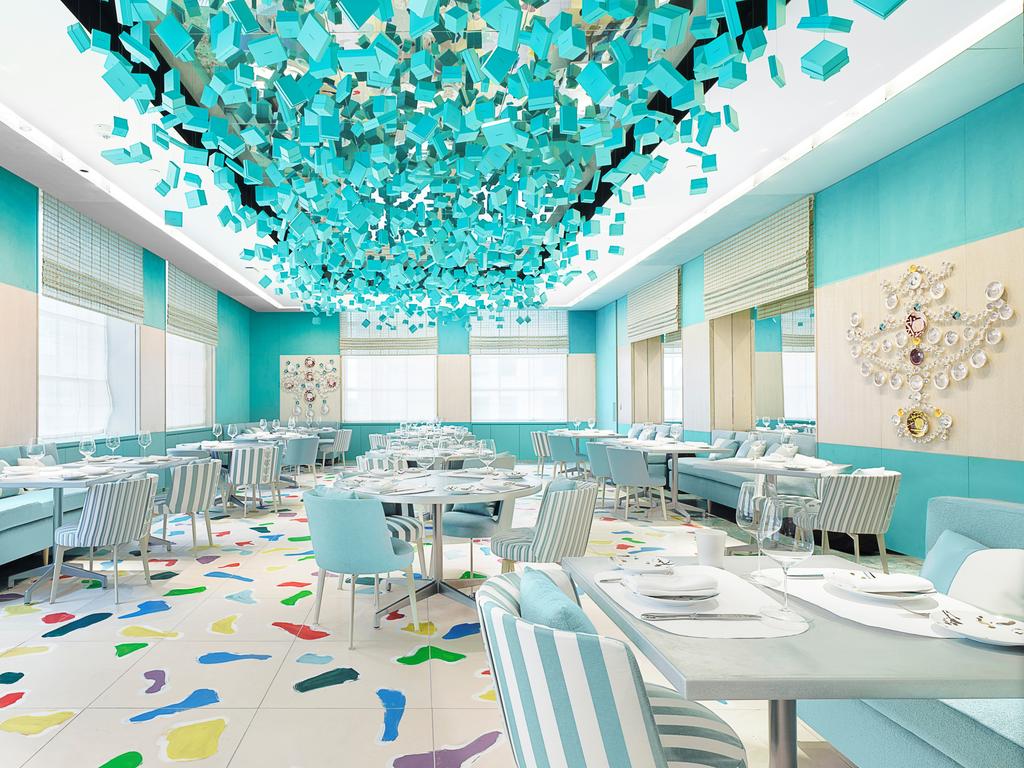

To join the conversation, please log in. Don't have an account? Register
Join the conversation, you are commenting as Logout